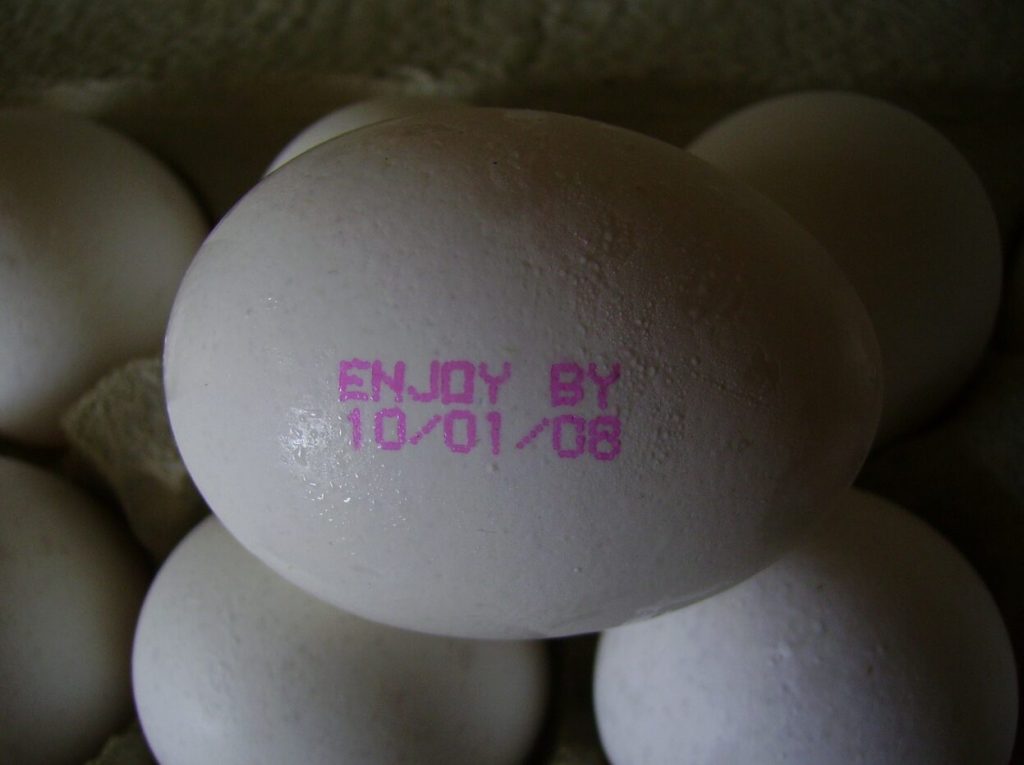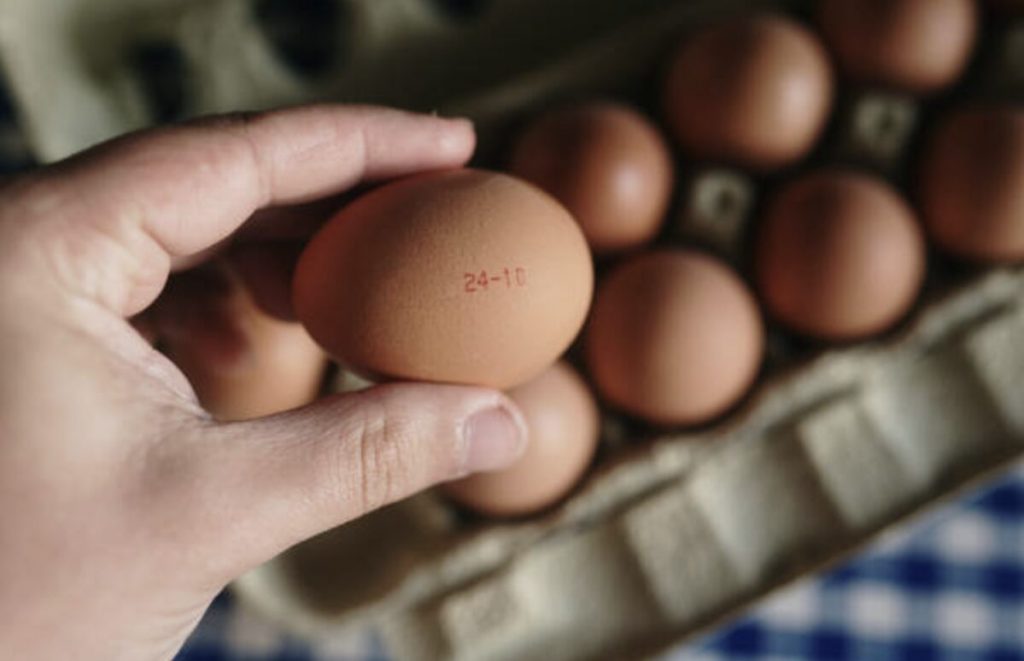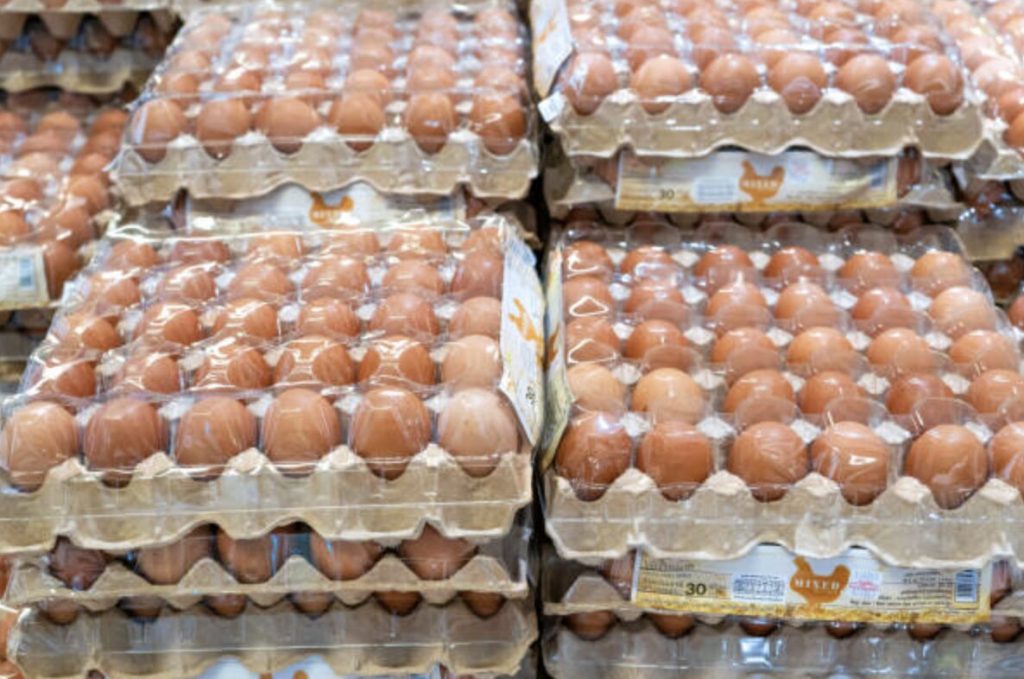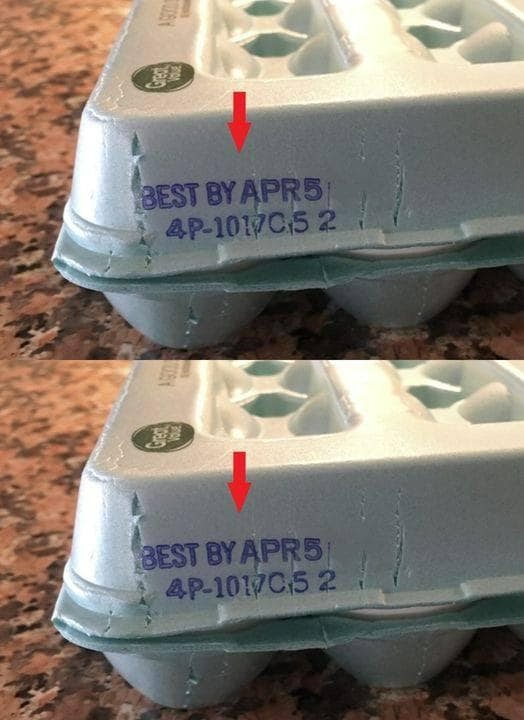The Joy of Cracking an Egg
Breaking an egg brings a small, unique pleasure to those who enjoy cooking with eggs. Whether whipping up a fluffy omelet, baking a cake, or frying rice, eggs are a constant in my kitchen. Sometimes, I pick them up fresh from a farmer’s market, but mostly I get them from the supermarket, neatly packaged in typical cartons. Over time, I realized that understanding the codes on these cartons is more than just an interesting detail—it’s essential.
Cracking the Code on Egg Cartons
Ever noticed the numbers on your egg carton and wondered what they mean? At first glance, they might look like a random code, but once you know, they’re easy to decipher. So, let’s break it down.
The Julian Date: Your Egg’s “Birthday”
One of the most important numbers is the three-digit Julian date, representing the day of the year the eggs were packed. It ranges from 001 (January 1st) to 365 (December 31st). For example, a carton labeled 001 means the eggs were packed on January 1st. The first time I discovered this, I felt like a detective in my kitchen, proud to know these eggs came from March 15th. It’s like being in an exclusive club of egg enthusiasts!
The Plant Code: Egg Source
Next to the Julian date, there’s often a “P” code, which shows where the eggs were processed. This information becomes crucial during recalls, as it helps identify if your carton is part of a recall, ensuring safety in every egg you consume.

Why Knowing These Codes Matters
You might wonder why these codes are so significant. Here’s why: a few years back, there was a major egg recall due to salmonella. I remember buying several cartons and panicking about whether my eggs were affected. Thanks to the plant code and Julian date, I could quickly check and confirm my eggs were safe.
Freshness and Expiry: Eggs Don’t Last Forever
The Julian date also helps track freshness. Eggs stay safe up to 30 days from their packing date if stored correctly. I’ve made it a habit to check this date, mark it down, and remember to use them before they expire. This simple step guarantees fresh eggs that enhance every dish.

Quality and Safety: More Than Just Dates
Beyond the Julian date and plant code, look for USDA grade shields or terms like “organic” and “pastured.” USDA-graded eggs, like Grade AA, are premium, with thick whites and firm yolks—ideal for frying or poaching. Grade A eggs are just slightly less firm but perfect for cooking and baking.
Organic and Pastured Eggs
If you prefer eggs from free-range chickens, look for “organic” or “pastured” labels. Organic eggs come from chickens fed organic diets, while cage-free eggs come from chickens allowed to roam and forage. The taste difference is remarkable!

Putting It All Together: A Fresh Egg Makes the Difference
One morning, as I prepared an omelet, I checked the Julian date and was reassured—these eggs were packed just a week ago. Cracking them into a bowl, I saw the fresh, orange yolks and could already taste the difference. Adding milk, salt, and pepper, I poured the mixture into a buttered skillet. The omelet rose beautifully, and I folded it with cheese and mushrooms. It was the best omelet I’d made, thanks to the fresh eggs.
Decoding for Better Quality
Next time you pick up a carton, try reading the codes. Knowing the Julian date and plant code isn’t just trivia; it ensures quality and safety in every bite. From breakfast to baking, understanding these numbers adds a layer of confidence and enjoyment to cooking with eggs. Who wouldn’t want to learn something new over breakfast?
